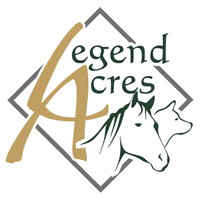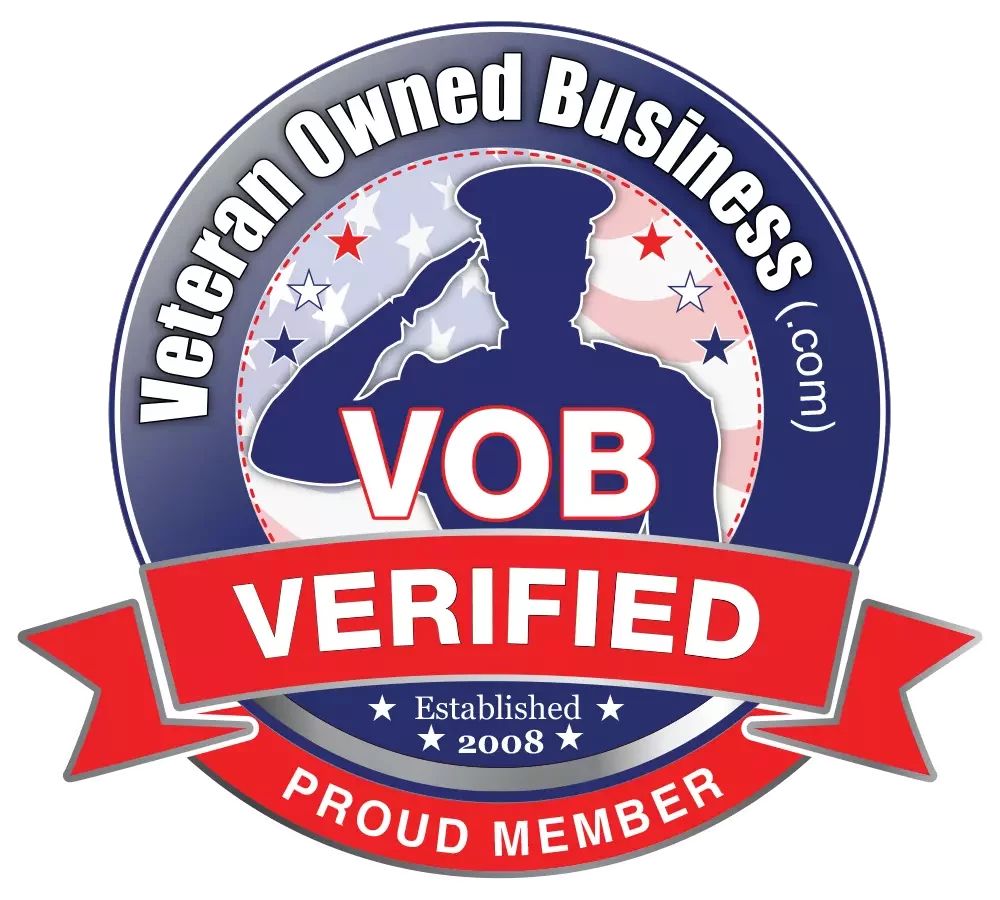The Service Dog Public Access Test Evaluation is a must have for all Service Dogs Handlers. This guide outlines the specific tasks and behaviors that Service Dogs should demonstrate in Public.
The Service Dog Public Access Test Evaluation is a must have for all Service Dogs Handlers. This guide outlines the specific tasks and behaviors that Service Dogs should demonstrate in Public.
Key Goals of the Test
One of the key purposes of the Public Access Test that the service dog is safe to bring among other people. The service dogs need to be calm, undistracted, disciplined, and attentive to the emotional state of their handler. The canines going through the Public Access Test have to prove they can remain under control and avoid defecating, urinating, and barking loudly (unless required by their work/handler). The equipment for the test that is permitted includes a harness, a leash, and a collar. The dog must be controlled humanely and you must avoid injuring the animal. Commands are permitted to be issued via voice and/or hand gestures. Treats are not allowed to be used in testing. Leash cues are not allowed in class or Testing Leash cues used in Testing are an automatic not ready.
Admittance to the Public Access Test
Admittance to the Public Access Test is granted when the service dog candidate has all core vaccinations, it has received obedience training, and has proven to fulfill its core duties along with a doctors note of prescribed tasks. The dogs must be healthy, well groomed and freshly bathed, no open sores, no stiches, and most importantly have a stable and positive temperament.
Equipment for the Public Access Test
• Flat Buckle collar or martingale are preferred
Flat Buckle Collars and Martingale Collars with metal links or chains are prohibited in Classes and Testing (Potential to cause harm to handler, evaluator, and public)
•Electronic Collars, Herm Sprenger (Pinch Collars), Choke Chains, or any other corrective type of collar is prohibited in Classes and Testing
Harnesses are allowed (Walking Harness, can not clip leash to vests)
•Halti and Gentle Leader Head Collars can be used in Class and on Test
Recommend Use if Client has the potential to cause a fall
• 6 foot leash or 10 foot leash (no extender leashes)
• Leashes with metal links or chains are prohibited in Classes and Testing (Potential to cause harm to handler, evaluator, and public)
Public Access Test Modules
A task is a certain desired behavior or set of behaviors the dog is trained to habitually perform in response to a command or a particular change in the handler’s emotional state, mobility, and mental state which prompts the dog to perform a task. The modules of the public access test are meant to encompass the most important aspects of the public manners that a service dog needs to exhibit and ensure safe conduct among other animals and humans. The examination will include the following participants — the Service Dog Handler; an Examiner; Assistant/s as necessary; and the Service Dog Candidate. The examiner is likely to follow this order of modules:
1. Leaving a motor vehicle — the dog must leave the passenger cabin in a calm manner as well as bring out any bags/items the service dog user may need. The dog is expected to wait calmly outside if the service dog handler/caretaker needs to bring out a wheelchair or other mobility assistance items. It is imperative that the dog remains focused and not run off or ignore commands. This test may include walking by another dog in order to test if the service dog candidate would pull on the leash and try to go to another dog.
2. Approaching buildings — the service dog candidate and its handler must move through a parking lot in order to access a building. The dog has to move with the pace of the handler and it must not be afraid of cars. If the handler stops for any reason, the dog must do the same without pulling on the leash or pushing the handler.
3. Building entry — the service dog handler and his/her partner need to enter a building in a calm fashion. The dog needs to remain close to the handler, avoid distractions and may need to wait at a reception desk for a few minutes until the handler proceeds further in the building with the dog.
4. Navigating a building — the service dog candidate and its handler need to move confidently through the building and remain within a touching distance. The dog must not wander and pull on the leash. The dog must not attempt to solicit attention from people and try to approach other dogs while inside.
a) controlled exit and entry of an elevator and riding under control
b) controlled healing on stairs must be more than three steps
5. Recall from a distance — usually, the handler and the dog will need a wide-open space for this test. A parking lot or a park can serve for this. The dog will be left by itself and commanded to wait. The handler has to move about 5 meters away, call the dog to him/her and the dog must approach in a calm manner without being distracted.
6. Sit on command — the dog will be commanded to sit three times in different settings and it must respond promptly with no more than two commands issued per sitting:
a) The first sitting will be next to a food item, the dog must not try to eat the food or sniff it. The dog should not be taunted with the food and it should ignore it.
b) The second sitting will be performed with a shopping cart. The handler needs to move past the dog while it is sitting and the dog needs to remain in a sitting position without attempting to approach the handler.
c) The third sitting will require the dog to remain in a sitting position while the handler initiates a conversation with another person. The second party will pet the dog on the head after the conversation has ended. The dog needs to remain calm, avoid seeking extra attention and continue sitting unless given another command.
7. Downs on command — this exercise is the same as the sitting test and the dog needs to lie down within the same context as listed above. The participating parties need to act casually and not taunt the dog or attempt to interact with the dog for long periods. If the dog attempts to break the laying position the handler is permitted to command the dog to remain down.
8. Response to Noise — the examiner will walk next to the handler and the service dog, and suddenly drop an item behind (like a note or a clipboard). The dog may react to the sound and turn back. However, the dog must continue with the pace of its handler and it must not react with aggression or fear. No barking is allowed unless that is a part of the dog’s work.
9. Restaurant manners — the handler, the dog, and the examiner will be seated at a table. The dog will have to move under the table its size permits or stay close to the handler. The dog is expected to lie down and move a little for comfort while the handler and examiner enjoy a meal. The dog will fail this part if it moves a lot or attempts to beg for food.
10. Leash recovery — the handler will move with the dog for some time and then drop the leash. The dog must see the leash dropping and the handler will have to call on the dog and demonstrate control from a distance. The dog must approach the handler in a calm manner and both should continue walking together.
11. Transfer of control — the handler will give the leash to the examiner or assistant and move away at about 20 meters. The dog must remain with the person holding the leash, it must not be aggressive and it must not show excessive stress and whine.
12. Building egress — the dog and its handler will have to leave the building in a controlled and confident fashion. The dog must not be distracted and it must not show fear of vehicles passing by the exit/entry of the building.
13. Entry of vehicle — the dog must wait for the handler to open the vehicle door and enter calmly. The dog must respond to “wait”, “go in” and “sit” promptly.
14. Team bond — the handler and the dog must be confident, calm, and easy-going. The dog must demonstrate a positive attitude and remain undistracted. The pair should be good ambassadors for service dog work.
About Legend's Heroes Service Dog Training Program:
Legend's Heroes Service Dog Training Program, offered through Legend Acres Dog and Horse Solutions, will bring an innovative approach to getting psychiatric service dogs to those who need them. Service dogs can help those recovering from PTSD accomplish daily tasks, provide situational assessments, and guide handlers out of stressful situations.
Legend's Heroes program was launched in March of 2020 and consisted of service dog training for service dog teams, including PTSD Service Dogs, Psychiatric Service Dogs, and Mobility Support. The trainers can determine if a person's current pet is appropriate for completing the Service Dog Certification Program or assist with dog selection to meet the criteria.
Through virtual and on-demand courses, participants in the program can complete their own time in a safe space for them.
Upon acceptance into the Legend's Heroes Service Dog Training Program, a participant can have a fully trained service animal under two years and $2000 or less. Traditional programs can take 1-4 years to get a psychiatric service dog in the hands of someone who needs them and can cost up to $35000.
The Legend Heroes Service Training Program is a two-year program consisting of an initial training plan of four canine obedience courses, public access test, and task dog training with follow up sessions over the next year.
Legend Acres
Force Free Fear Free Dog and Horse Solutions
Kristi May MS, CVPM, LVMT, BSA, AHT, ABCDT, CHA Cert Riding Lesson Instructor, CHA
EFM, Cert Equine Nutrition, Cert Animal Cognitive Behavior, AKC Evaluator, AKC Fit Instructor, Pet Partners Therapy Evaluator and Instructor, PPG Professional Canine Instructor
(931) 516-3064
Like us on https://www.facebook.com/LegendAcres
Follow us on Instagram instagram.com/legendacres/
Schedule Dog Training and Riding Lessons online!!! www.Legend-Acres.com
Want to do more with your dogs? Join Legend Acres Active Dog Lifestyle for training, enrichment, monthly group walks, play days and more!!! https://www.facebook.com/groups/2181727312095888/
One Less Errand to Run!!! Save and Use ClinicID Code XPRP5 to register for your Free Purina Account Today and have your Dog Food Delivered to your door for less with Free Shipping! https://www.proplanvetdirect.com



